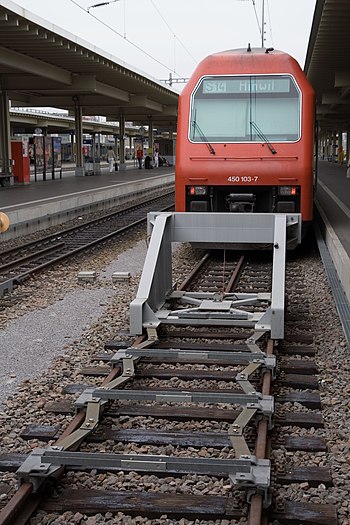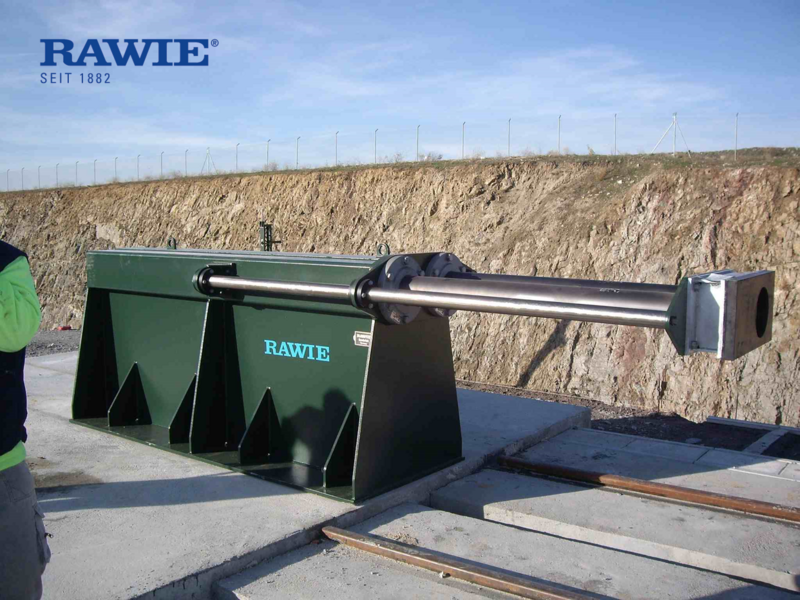tom66 wrote: ↑Thu Jan 19, 2023 09:26
It is virtually always the rear-end car's fault in accidents like this. Usually caused by following too closely and not having sufficient space to stop; if they race through a junction to 'beat the light' then they could well crash into a stopped car in front. And the car in front can emergency stop for any reason, a kid could run out into the road, so you must always be able to stop if the car in front does an emergency stop. Sadly this seems to be a lesson that is forgotten pretty quickly by drivers.
Yep - although I do think it's sometimes worth going beyond the simple blame game.
FosseWay wrote: ↑Wed Jan 18, 2023 19:28
WHBM wrote:We don't know the cyclist in the first clip misinterpreted the left turn arrow for a straight ahead, they may be one of the many who blast through anyway.
We don't know for sure, no, but as I pointed out above and Ashley Neal mentions in his analysis, quite a lot in this particular case does point to it being a mistake - i.e. a lack of observation or misinterpretation of what was observed - rather than deliberate disobedience of the red light. People who run reds generally do this when they think they can make it. Quite often their risk assessment is some way off, but even in cases that result in accidents, there's clear evidence of last-minute attempts to avoid the collision. There wasn't in this case - I think the cyclist genuinely thought he had priority, and as you say, failed to check for people apparently proceeding against it.
WHBM wrote: ↑Wed Jan 18, 2023 18:14
Firstly, overall principle, the roads are As You Find Them. It is up to the road users to handle them at each point in an appropriate manner. This includes understanding what traffic signals mean. At the end of the day it is not "cars", nor "bicycles", that do the understanding of the signals, it is road users, their signals are the same, and it is up to all to understand them.
I'm afraid that that isn't a good enough response from "society" or "the authorities" or whatever you want to call the party that isn't the private individual. Yes, it is incumbent on all road users both to obey the law and to be aware of what's going on around them. But road users are human and humans make mistakes. If there's an issue with a road layout, surface, signage or whatever that either is clearly substandard or has been pointed out as being so by the fact of several recorded accidents or near-misses, and the authority responsible for it ignores those signals and does nothing about it, then that authority bears some of the responsibility for any loss or damage that results from further accidents there.
How much responsibility it's reasonable to allocate in that direction depends on what needs fixing, how problematic it is, and how realistic it is to fix it in a relevant timeframe. Whole junction layouts probably do need to be taken as found as a basic practical rule, because they can't be changed in the twinkling of an eye. But huge concrete monstrosities in the middle of the road that obscure the view for multiple road users at once can be moved (or not put there in the first place). Same with potholes, worn markings, missing signage. None of this is difficult to fix, so it is indefensible when it isn't fixed and contributes to an accident.
As individuals we have an absolute responsibility to keep our vehicles in an acceptable state of repair, such that obvious things like broken lights, bald tyres and bad brakes don't endanger us and others on the roads. We can't use the excuse of not having the money - it is a must. It's about time roads authorities took a similar responsibility for their part of ensuring road safety.
For an extreme example, this complete botch of signage fails on numerous counts.
1) - Not a TSRGD sign. Was special dispensation received?
2) - Display angle is variable, not fixed.
3) - Not retroreflective or illuminated.

OK, 2 doesn't look like an issue in the photo, it's pretty obvious is it not? As for point 1, who cares? Point 3, it gets in the way, does it not? Stop in the distance you can see to be clear.
4) -
Human Error
Said gate is left propped open with a traffic cone.



Point 1 really remains irrelevant, but is symptomatic of the wider problem. 2 and 3 combine.
Now the combination of the sign being
completely and utterly invisible in the dark to somebody turning left, and me mixing up my left turnings, three in the space of 300 metres, with the first not shown on ADS because it's a farm entrance...
The outcome was me cycling down the slip road onto the M40.
After revisiting the site to investigate, while I did confuse turnings, I apportion no blame to myself, and the entirety to Highways England (as they were then).
You cannot comply with a traffic sign if you cannot see the thing. And I could perfectly well see the proper retroreflective signs further along.


So my view is certainly not that road layout and signage cannot be to blame. There's a spectrum from "perfect", to "understandable error", to "completely and utterly criminal".
Even if the legal fault is 100% on one party, minimising the risk is a worthy endeavour for others involved.








